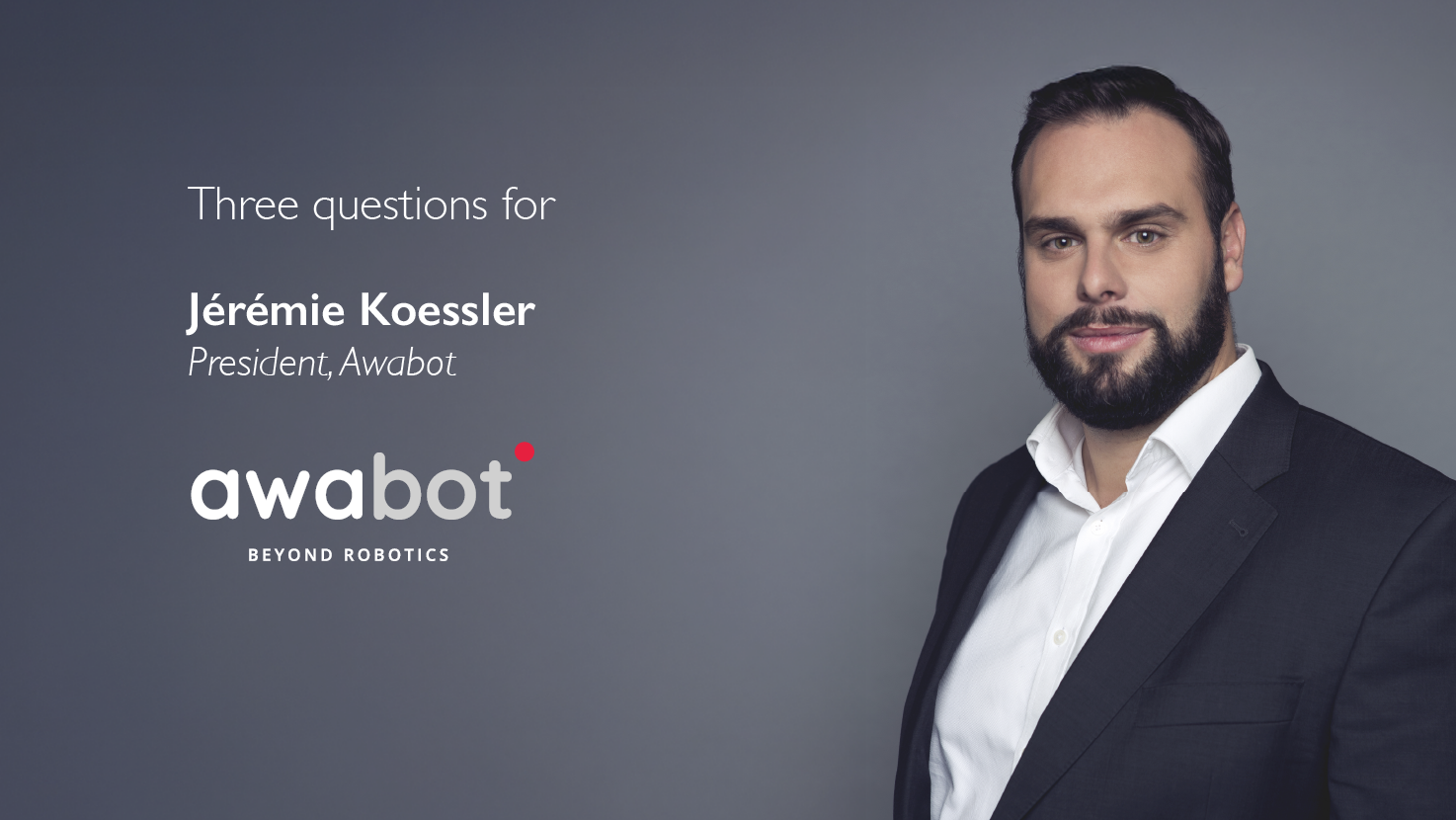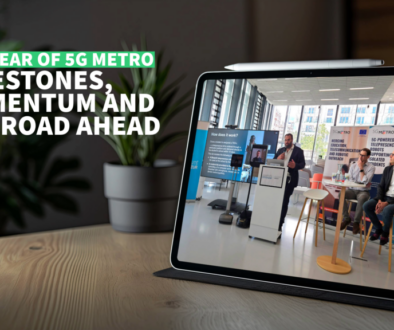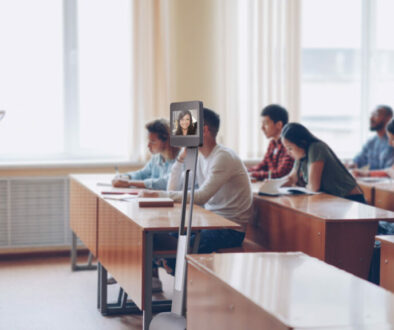Telepresence robotics is transforming the way students access education, breaking down barriers for those unable to attend classes in person. As part of the 5G Metro project, Awabot is bringing its extensive expertise in telepresence to enhance the learning experience for remote students. We spoke with Jérémie Koessler, President of Awabot, to understand how their technology is evolving with 5G Standalone, the challenges of seamless indoor navigation, and the potential applications of these advancements beyond education.
How does Awabot’s expertise in telepresence robotics enhance the learning experience for remote students in the 5G Metro project?
Awabot has been deploying telepresence robots for many years to support students who are unable to attend school in person. Over time, the company has developed extensive expertise, both technical and human, in the challenges of inclusion in education. Awabot understands students’ needs and helps them make the most of the telepresence experience to enhance learning and maintain social connections.
Awabot is behind the world’s largest deployment of telepresence robots through the TED-i program, led in France by the Ministry of National Education. With a fleet of over 1,500 robots, students facing serious illnesses or disabilities can continue their education remotely while staying connected to their school environment.
The 5G Metro project is therefore an opportunity to further improve the experience of thousands of users and to democratize the use of telepresence across Europe.
What are the key technical challenges in implementing seamless indoor horizontal and vertical navigation for telepresence robots, and how does 5G Standalone help overcome them?
5G Standalone will ensure that telepresence users have a permanent, secure, and low-latency connection, making basic and physical building functions accessible. This includes opening doors, passing access controls and other security systems, interacting with lighting, and communicating with elevators. All these interactions will be displayed through an interface enhanced with augmented reality.
Beyond education, how could the advancements in telepresence robotics developed for 5G Metro be applied to other sectors, such as healthcare or industry?
The 5G Metro project will also benefit other verticals facing similar challenges related to digital transformation. Beyond the advantages of 5G Standalone in enhancing the telepresence experience by reducing latency and ensuring reliable performance during connections, the goal is also to empower users, enabling a shift from tele-presence to tele-action through IoT. For example:
- in healthcare, interactions with connected medical devices (blood pressure monitor, thermometer, stethoscope, etc.) could allow the transmission of patient health data and enable doctors to perform remote diagnostics.
- in industry, telepresence users will be able to interact with machines and industrial site information systems to perform remote actions, such as verifying alarms or communicating with elevators and doors within the industrial site.




